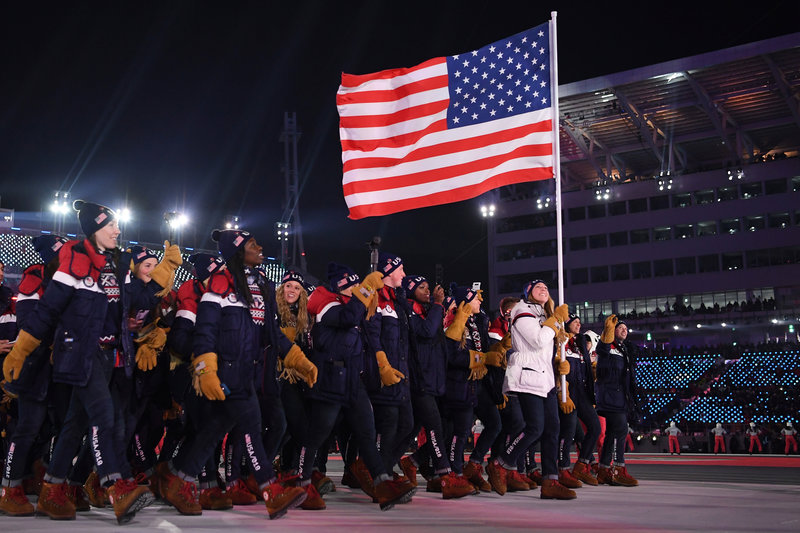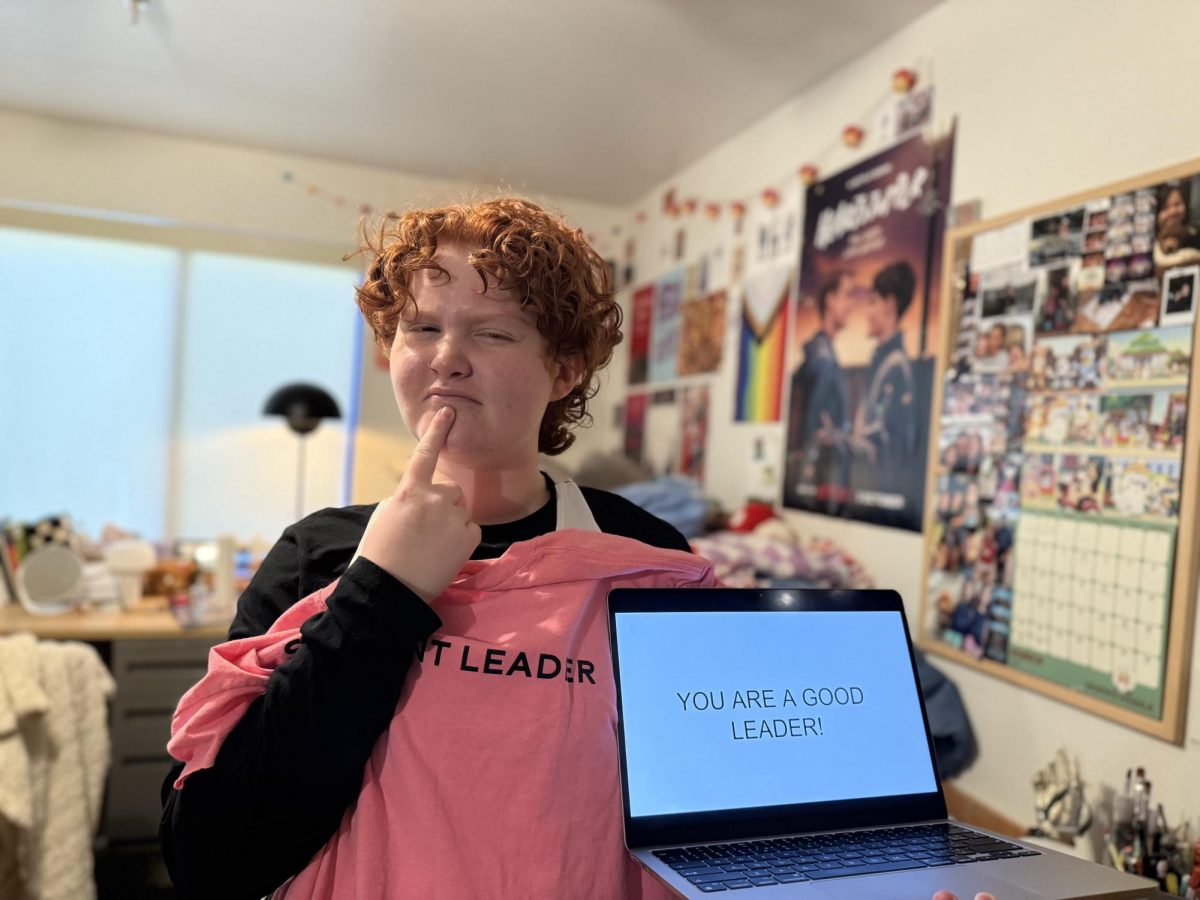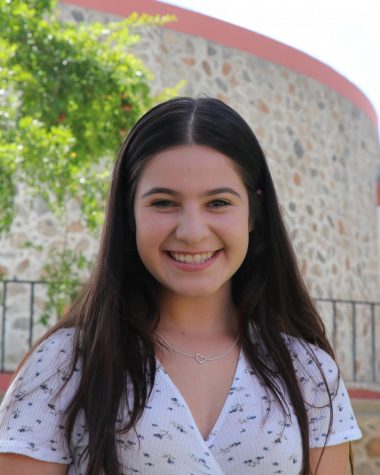The PyeongChang 2018 Olympic Winter Games ended on February 25th after two weeks of national pride, team spirit, and gold medals. The best athletes from around the world joined together in South Korea for the global competition that takes place every four years. This year, there was a record-breaking amount of countries that participated in the Winter Olympics. 92 countries and nearly 3,000 athletes competed in PyeongChang, whereas 88 countries and about 2,800 participants were at the Sochi Winter Games in 2014.
The U.S. Olympic Committee claimed that the team sent to the Olympics this year was the most diverse team from the country in the history of Winter Games. This year’s team represents an integral step towards a more inclusive country and a value of diversity, but it is not sufficient enough to ignore the ongoing racism and flawed representation in the world of the Olympics.
According to the Washington Post, out of the 243 athletes sent from the United States, only 8% of them are a person of color: ten African Americans and ten Asian Americans. Within that percentage, there were speed skaters, figure skaters, a hockey player, a snowboarder, and bobsledders. The minimal diversity on Team USA is apparent in both the summer and winter games, but about 23% of the U.S. team was African American in the 2016 Summer Games in Rio de Janeiro.
Chloe Kim, a 17 year-old Asian American, represented the United States in the snowboarding events. She won the gold medal in the halfpipe, making her the youngest woman ever to win the Olympic halfpipe event. Kim is just one example of a talented person of color that competed at PyeongChang and is now a role model to minority athletes.
Another positive role model is Jordan Greenway, the first black person to play for the U.S. Hockey Team at the Olympics but “hopefully the first of many. Hopefully these kids go out, try something different, play hockey, and hopefully I see a lot more playing in the near future,” said Greenway. He encourages young African Americans to defy the stereotypes of black athletes.
The U.S. Olympic Committee’s attempt at diversity in the U.S. team received racist, homophobic disapproval from John Moody, the executive editor and vice president of Fox News Channel.
“In Olympics, let’s focus on the winner of the race — not the race of the winner.” His column supported the idea that the Olympics should be about the most talented athletes. However, he argued that more diversity would be serving political correctness rather than the most deserving athletes. According to Moody, the line-up was “a, frankly, embarrassing laundry list of how many African-Americans, Asians and openly gay athletes are on this year’s U.S. team.” He wrote, “No sport that we are aware of awards points — or medals — for skin color or sexual orientation.” His statements reflected the prejudiced, yet widespread, belief that white athletes are naturally more qualified and that minorities are not as deserving. The column was later deleted by Fox News.
While the Winter Games host events that are not accessible across the country, there are outreach programs and opportunities to be more inclusive that should be utilized. There are only bobsledding tracks in Utah and New York, which eliminates potential competitors and athletes. Other winter sports are more popular in certain regions that are predominantly Caucasian, discouraging minorities to participate in the sport. Many winter sports are also costly when the gear, coaching, space and transportation are all taken into consideration. Not all people who are interested can simply make their way to the ice and start practicing.
There are solutions to these problems to ensure that there are representatives from minority communities. DC-ICE is a nonprofit organization that introduces youth in D.C. to skating sports. Shani Davis, the first black athlete to win an individual sport gold medal at a Winter Games, inspired the creation of the program. If more outreach programs are integrated into cities throughout the country, winter sports would be more accessible and will eliminate the exclusivity.
Jason Thompson is the U.S. Olympic Committee’s director of diversity and inclusion, which was introduced in 2012. He said that Team USA is “not quite where we want to be…I think full-on inclusion has always been a priority of Team USA.” While the increase of people of color thus far demonstrates a change in the system within the past few years, the diversity rates are not where they should be. If Team USA is representing the country at the Olympics, it should represent Americans of all races and backgrounds.







![Many Webb students spend their free time in the library watching a popular TV show like Riverdale and Euphoria. “Based off what I’ve seen, like in Euphoria, because the actors are older, they don't showcase an actual high school life properly,” Sochika Ndibe (‘26) said. “Since [the actors] are older [and] playing a teenager, from a girl’s perspective, it is going to make you think you should look more developed at a young age.” The actor, who plays Veronica Lodge, was 22 years old at the time of filming.](https://webbcanyonchronicle.com/wp-content/uploads/2025/03/Antecol-Media-affects-how-society-functions-graphic-1200x900.png)







